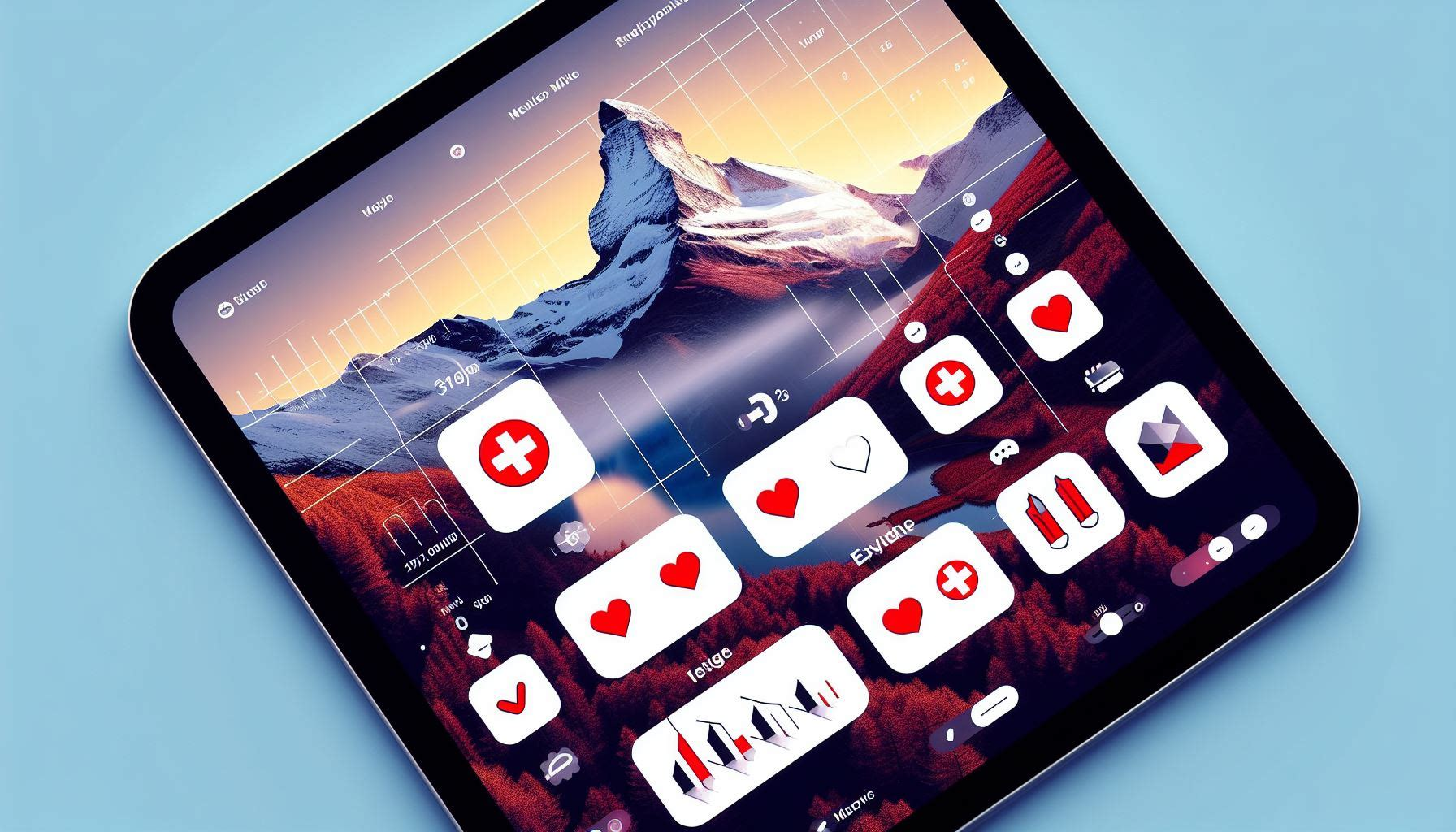The lean startup methodology, popularized by Eric Ries, has revolutionized the way startups approach product development and user experience (UX) design. At its core, the lean startup approach emphasizes iterative development, continuous learning, and a focus on validating assumptions through customer feedback.

For startups embracing the lean startup methodology, UX design plays a crucial role in ensuring that products and services are tailored to meet the needs and desires of their target users. Here's how the lean startup approach can be applied to UX design:
- Define Minimum Viable Products (MVPs): The lean startup approach encourages startups to define and build Minimum Viable Products (MVPs) – versions of a product with just enough features to gather meaningful feedback from early adopters. In the context of UX design, this means creating low-fidelity prototypes or simple user interfaces that can be tested and iterated upon quickly.
- Rapid Prototyping and Testing: Instead of investing significant time and resources upfront, lean UX design emphasizes rapid prototyping and continuous testing with real users. This iterative approach allows startups to gather feedback early and often, making adjustments and improvements based on user insights.
- Validated Learning: The lean startup methodology emphasizes validated learning, which involves testing assumptions and hypotheses through experimentation and customer feedback. In UX design, this translates to conducting user testing, analyzing usage data, and continuously refining the product based on empirical evidence rather than relying solely on intuition or assumptions.
- Pivoting and Persevering: One of the core principles of the lean startup approach is the ability to pivot – changing direction or adjusting the product based on validated learning. In UX design, this means being open to significant changes in the user experience if the data and feedback suggest that the current approach is not resonating with users.
- Building a Minimum Viable Team: The lean startup approach also emphasizes building a minimum viable team – a cross-functional group of individuals with the necessary skills to rapidly iterate and adapt. For UX design, this may include designers, developers, and product managers working closely together to ensure seamless collaboration and efficient decision-making.
By embracing the lean startup approach to UX design, startups can create products and services that truly resonate with their target users, minimize waste, and increase their chances of achieving product-market fit. The iterative nature of this approach allows for continuous learning and adaptation, ensuring that the user experience is constantly evolving to meet the changing needs and preferences of customers.